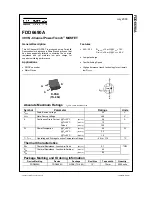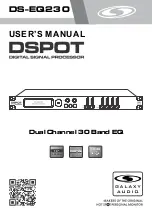
Signal Descriptions
ARM DDI 0363G
Copyright © 2006-2011 ARM Limited. All rights reserved.
A-22
ID073015
Non-Confidential
A.12
Validation signals
Table A-17 Validation signals
Signal
Direction
Clocking
Description
VALEDBGRQ
Output
CLKIN
Debug request
nVALIRQ
Output
CLKIN
Request for an interrupt
nVALFIQ
Output
CLKIN
Request for a Fast Interrupt
nVALRESET
Output
CLKIN
Request for a reset
















































